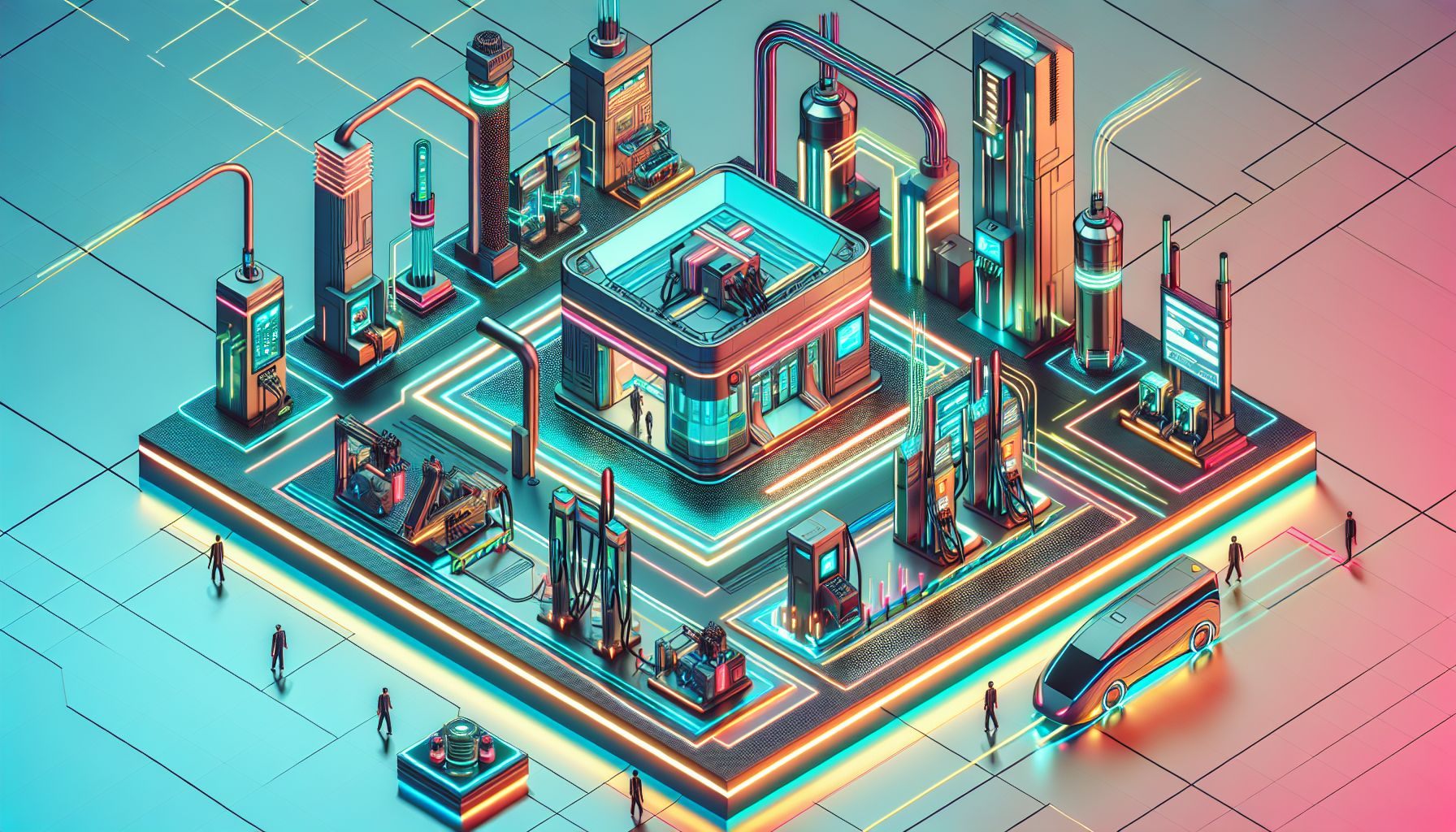Hydrogen Refueling Stations: The Key to Urban Sustainability

London, Friday, 26 September 2025.
A new study on hydrogen refueling stations reveals strategies to cut costs by 15% and boost coverage to over 90%. This is crucial for sustainable urban transport.
Unlocking Urban Transport’s Green Potential
Let’s dive into a world where hydrogen refueling stations (HRSs) aren’t just a futuristic dream but a present reality driving sustainable urban transport. A recent study has shed light on optimization techniques that promise to slash costs by 10-15% and expand demand coverage to over 90% [1]. Urban planners, take note—this isn’t just about setting up stations; it’s about strategically placing them to maximise efficiency. The study emphasises joint optimisation of location and capacity, pushing urban hydrogen transport networks to new heights [1].
The Hydrogen Puzzle
BMW’s recent unveiling of the hydrogen fuel-cell version of its iX5 model underscores the growing role of hydrogen in the automotive sector. Imagine cruising in a car that emits nothing but water vapor—how refreshing! BMW believes hydrogen is the missing piece for electric mobility, especially where battery electric systems fall short [2]. Their commitment extends beyond vehicles, with active involvement in expanding hydrogen refueling networks as part of the Hydrogen Mobility at Scale initiative [2].
Building the Future: Infrastructure and Innovation
Expanding hydrogen infrastructure isn’t just about adding stations. The focus is also on adopting advanced technologies and coordinating policies to enhance the hydrogen ecosystem’s sustainability [1]. This holistic approach is crucial for integrating hydrogen into existing transport frameworks, ensuring it supports the broader energy transition goals [1]. As hydrogen refueling stations become more prevalent, they pave the way for a cleaner, more sustainable future.
A Global Perspective on Hydrogen
Globally, the hydrogen economy is gaining momentum, with significant investments boosting the development of green hydrogen projects [5]. From Europe to Asia, countries are racing to establish themselves as leaders in hydrogen technology. This international push highlights the potential of hydrogen to play a pivotal role in reducing greenhouse emissions and achieving sustainability targets [5].
Conclusion: A Call to Action
So, what’s next for hydrogen? The path is clear: continued investment in infrastructure, technology, and policy. For urban planners and stakeholders, the message is simple—embrace hydrogen as a cornerstone of sustainable urban transport. As we look to the future, the question isn’t if hydrogen will become a key player, but how quickly we can make it happen.